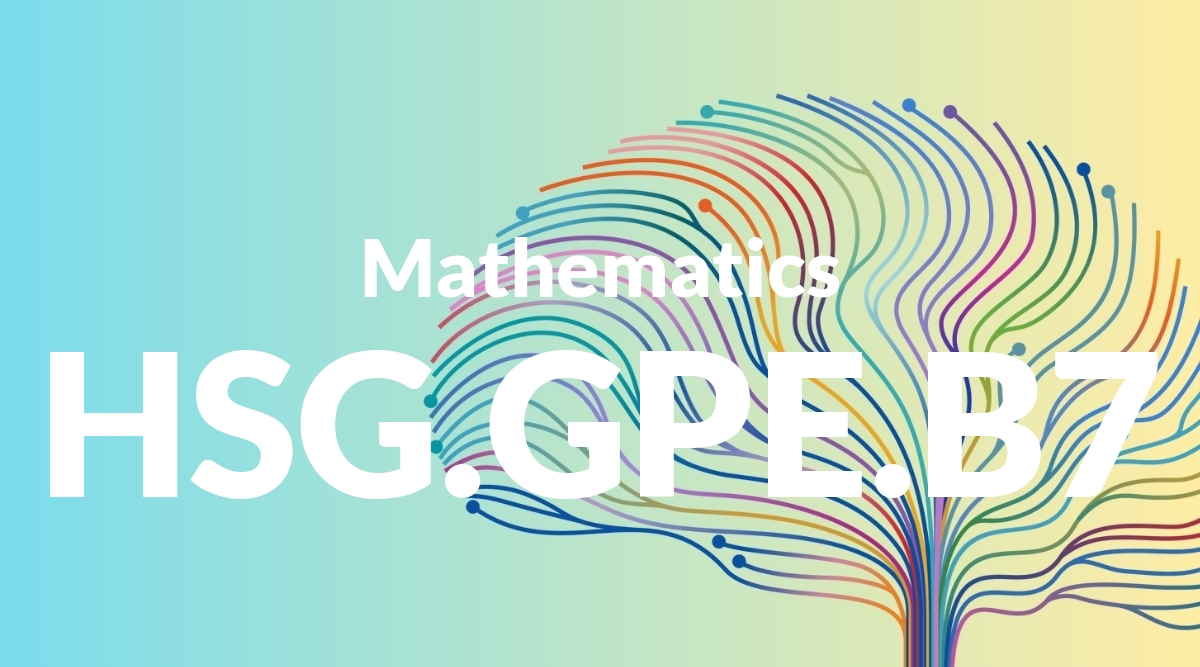Standard: 5.W.3d – Use concrete words and phrases and sensory details to convey experiences and events precisely.
Grade level: Grade 5
Subject: English Language Arts
Domain: Writing
Teacher Overview
This standard emphasizes the importance of using concrete words and sensory details to create precise and vivid descriptions in writing. It is crucial for developing students’ ability to convey experiences and events in a way that engages the reader and enhances their narratives. Mastery of this standard will improve students’ overall writing skills and prepare them for more advanced writing tasks. Students should be comfortable with basic sentence structure and grammar. They should have experience writing simple paragraphs and using descriptive vocabulary. Familiarity with writing about personal experiences will also be beneficial.
Upon mastering this standard, students will be able to write more complex and engaging narratives and essays. They will have the skills to create vivid and precise descriptions, which will be useful in a variety of writing tasks and creative projects.
Common Misconception 1
A common misconception is that using more adjectives automatically improves writing. This is incorrect because the overuse of adjectives can clutter the writing and make it less effective. The focus should be on the relevance and specificity of the details used.
Intervention 1
Use mentor texts to demonstrate how specific, concrete details create vivid imagery. Encourage students to choose details that are relevant and enhance the reader’s understanding of the experience or event.
Common Misconception 2
Another misconception is that sensory details only refer to the sense of sight. This limits the richness of the description and overlooks other important sensory experiences.
Intervention 2
Provide exercises that focus on using all five senses in writing. Encourage students to describe smells, sounds, tastes, and textures to create a more immersive and vivid description.
Prerequisite Knowledge
Students should have a basic understanding of sentence structure, grammar, and the ability to write simple paragraphs. They should also be familiar with basic descriptive vocabulary and have experience with writing about personal experiences.
Subsequent Knowledge
After mastering this standard, students will be able to write more complex narratives and essays with rich, precise language. They will be able to create more engaging and vivid writing, which will be useful in advanced writing tasks and creative projects.
Instructional Activities
- Personal narrative writing
- Descriptive paragraph exercises
- Sensory detail scavenger hunt
- Peer review and feedback sessions
- Using mentor texts for analysis
- Writing prompts focusing on sensory experiences
- Creating sensory detail charts
- Descriptive writing games and activities




